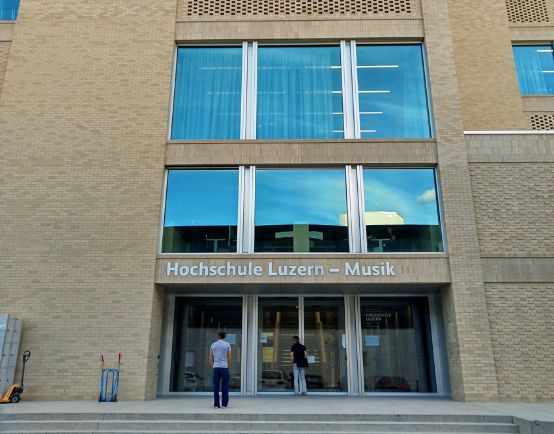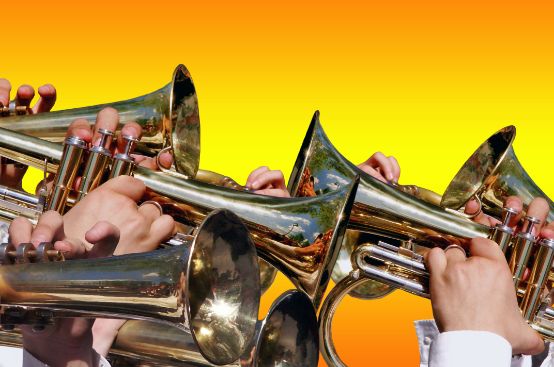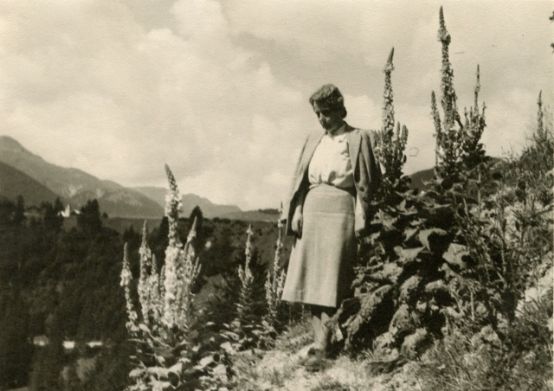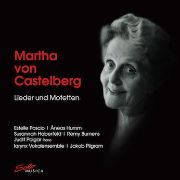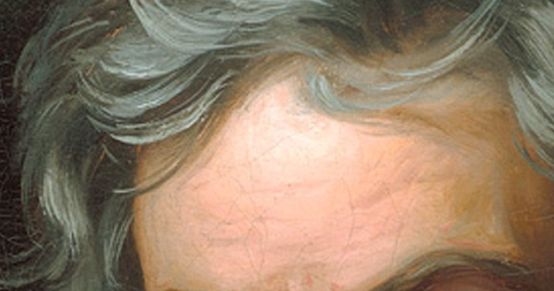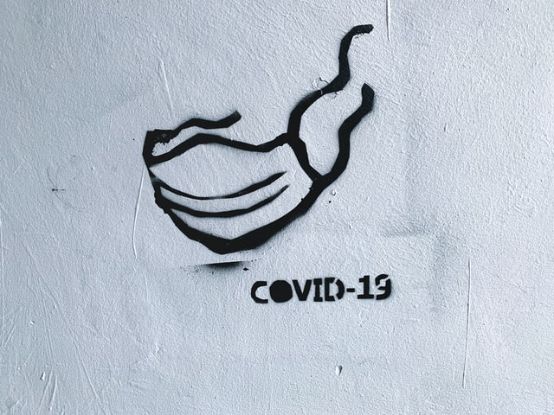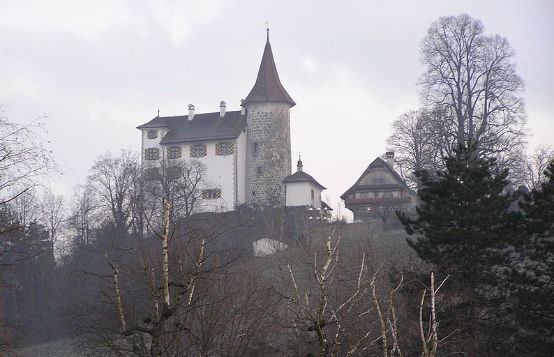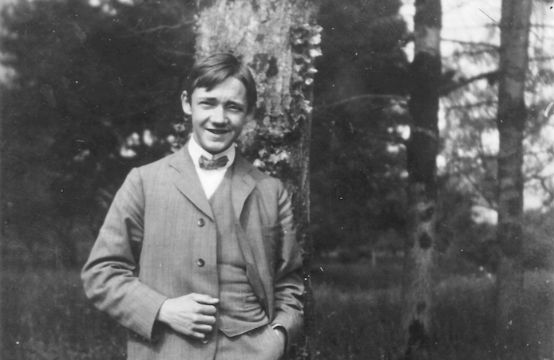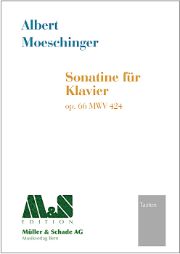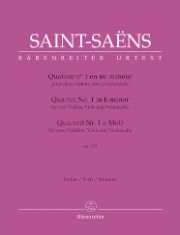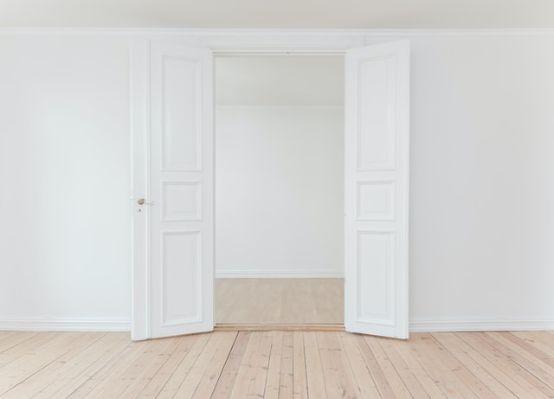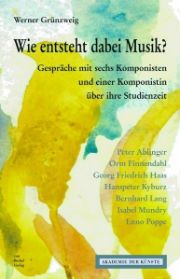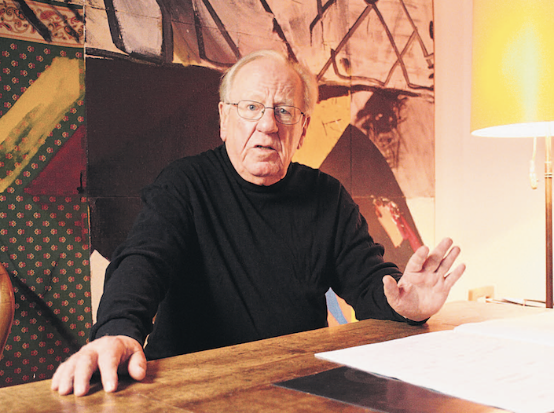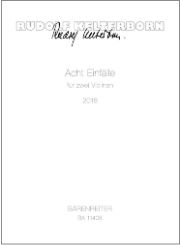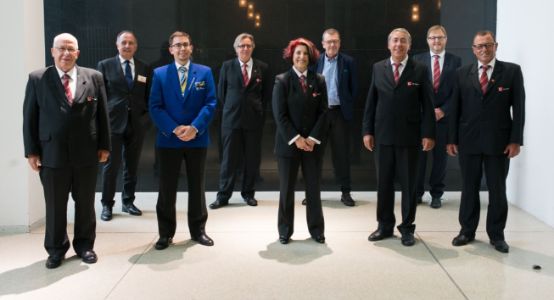When you read that the composer Martha von Castelberg (1892-1971) received neither piano nor composition lessons, listening to the CD with her motets as well as secular and sacred songs makes you wonder: if Lili Boulanger had written her song cycle Clairières dans le ciel without regular composition lessons, Fanny Hensel wrote her piano work The year be able to write without many years of piano lessons? Does self-taught learning of an instrument lead you to discover new paths, and could it be that composing without studying with a teacher prevents you from following well-trodden stylistic paths?
Castelberg's songs, but not her motets, lead one to believe that a trained craftsman would have been more conducive to her composing and that her undoubted talent could have unfolded more freely. One has the feeling that her songs are accompanied somewhat simply by the piano and that a little pianistic sophistication would also suit the sacred texts.
Who was Martha von Castelberg? The Zurich native grew up as the daughter of a private banker in a strictly Catholic middle-class home. She received violin lessons at an early age, but was not allowed to study music despite her talent. As Sibylle Ehrismann writes in her informative CD booklet, von Castelberg, who was very devout and spiritually interested, campaigned with her husband for Zurich Catholicism, which had a difficult time in the reformed city. Many of her compositions have a religious background, others have a connection to Disentis in Graubünden, her husband's homeland.
The four singers and the pianist interpret the songs with audible commitment, rich in color and finely crafted. If you listen to all the songs, which are quite attractive individually, one after the other, a certain monotony sets in, especially with the sacred songs, as the works are not varied enough. It is remarkable that there are hardly any other settings of the chosen texts - for example by Fontane, Rückert, Bergengruen and Rhaeto-Romanic poets.
The real discovery on the CD, however, are the five motets for mixed voices. They are interpreted by the Basel larynx vocal ensemble under the direction of Jakob Pilgram at the highest level, with a beautiful sound and with every desirable differentiation. Although firmly anchored in the tradition of sacred music, the motets fascinate with their distinctive, "modern" harmony. They are probably Martha von Castelberg's most important contribution to Swiss music of the 20th century.
The names, work titles and song texts in the booklet contain quite a few errors, which is particularly noticeable in an otherwise so careful edition.
Martha von Castelberg: Songs and motets. Estelle Poscio, soprano; Susannah Haberfeld, mezzo-soprano; Remy Burnens, tenor; Äneas Humm, baritone; Judit Polgar, piano; larynx Vokalensemble; Jakob Pilgram, conductor. Solo Musica SM 334
